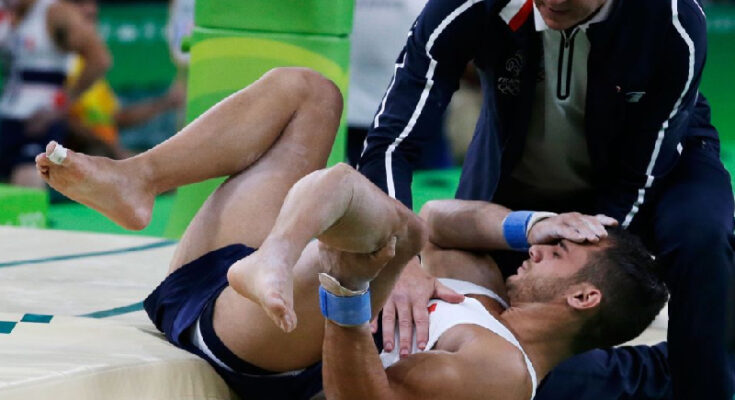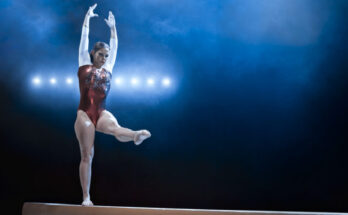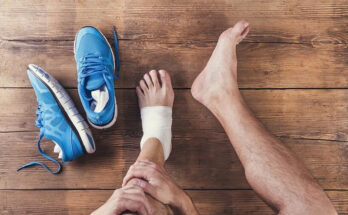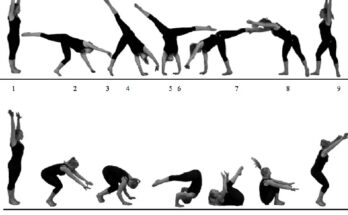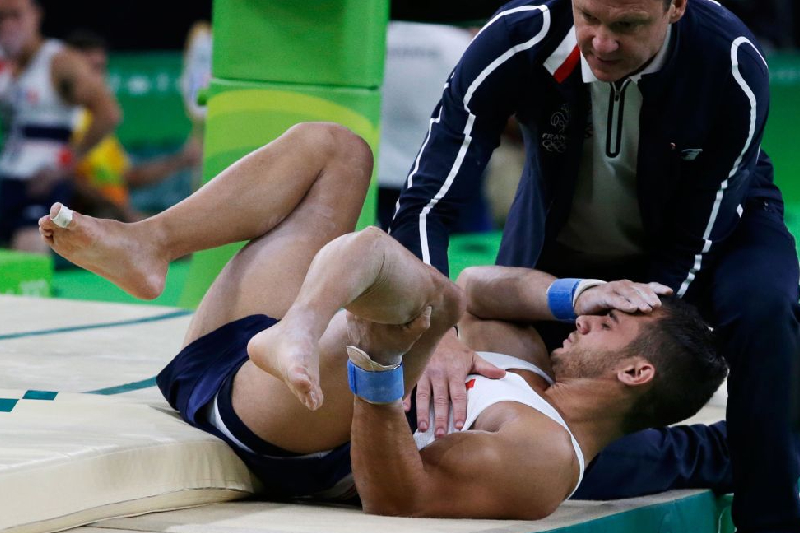
Gymnastics is a sport that requires strength and skill. These manoeuvres are extremely difficult because they require gymnasts stunts to use a large number of body parts at the same time and, in particular, to strain the joints.
Strains & Sprains:
While injuries are widespread in all sports, they are particularly common in gymnastics, and this article covers the most common injuries in gymnastics. Sprains and strains are two types of injuries. A sprain is a stretch or tear of a ligament, while a strain or stretch / tare of a muscle is found in the wrist or ankle. Given the many complicated and rigorous take-offs and landings required in the sport, these injuries are the most common symptoms for gymnasts. Back injuries are also very common.
Injuries To The Back:
In the back, a gymnast can get injured in two ways. One is to overwork their muscles, which are essential to their ability to perform flips, and can get injured if they are not warmed up properly. Spondylolysis is the second pathway that occurs when a stress fracture occurs in one or both vertebrae.
This type of overload can occur as a result of landing too hard on a flip. To put it formally and paraphrase: a hard landing places so much strain on the spine that a fracture occurs, which increases with the repetition of the exercise.
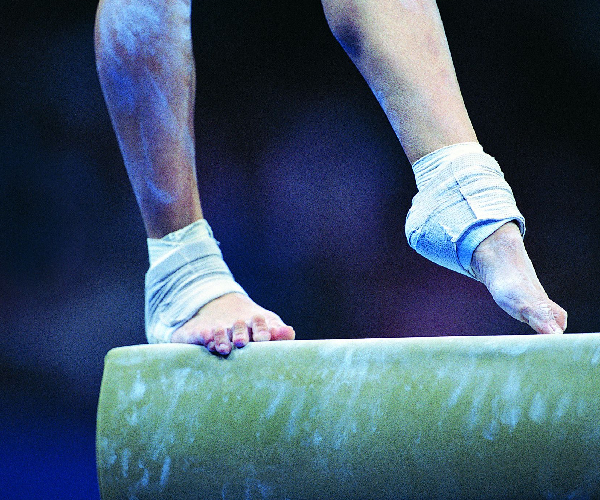
Inflammatory Tendinitis:
Tendinitis is a condition that affects tendons throughout the body. It is usually the result of overuse and is common in gymnastics. Braces and physical therapy are usually sufficient to identify serious problems that require external stimulation or surgery to fix them.
Tendinitis is the swelling of an overloaded tendon and can affect any tendon in the body. It can happen when a tendon is strained without sufficient rest, which can happen when a person tries to perfect a particular activity. Finger injuries are the most common. But you can also hurt others, such as the wrist or foot.
Injuries To The Fingers:
Finger sprains, fractures and dislocations can be dislocated by landing or twisting. Finger injuries may seem small at first glance, but can be painful and take weeks or months to heal. There is little that can be done to speed up the healing process and if you are unable to perform a prolonged period of time, your best option is to follow the advice of your trainer and avoid injury at all. Concussions, dislocated shoulders and neck fractures are some of the more serious injuries that may occur during gymnastics.
One of the most important aspects of gymnastics and one of the first things it works on is learning how to fall. His theatricality may give the impression that gymnastics is a dangerous activity, but that is only true if well-trained gymnasts know the difference between failure and failure.
These common gymnastics injuries are described in this article, so it is advised to take the necessary precautions to ensure a risk-free workout. Take necessary support from your instructor and try to avoid injuries as much as possible.

